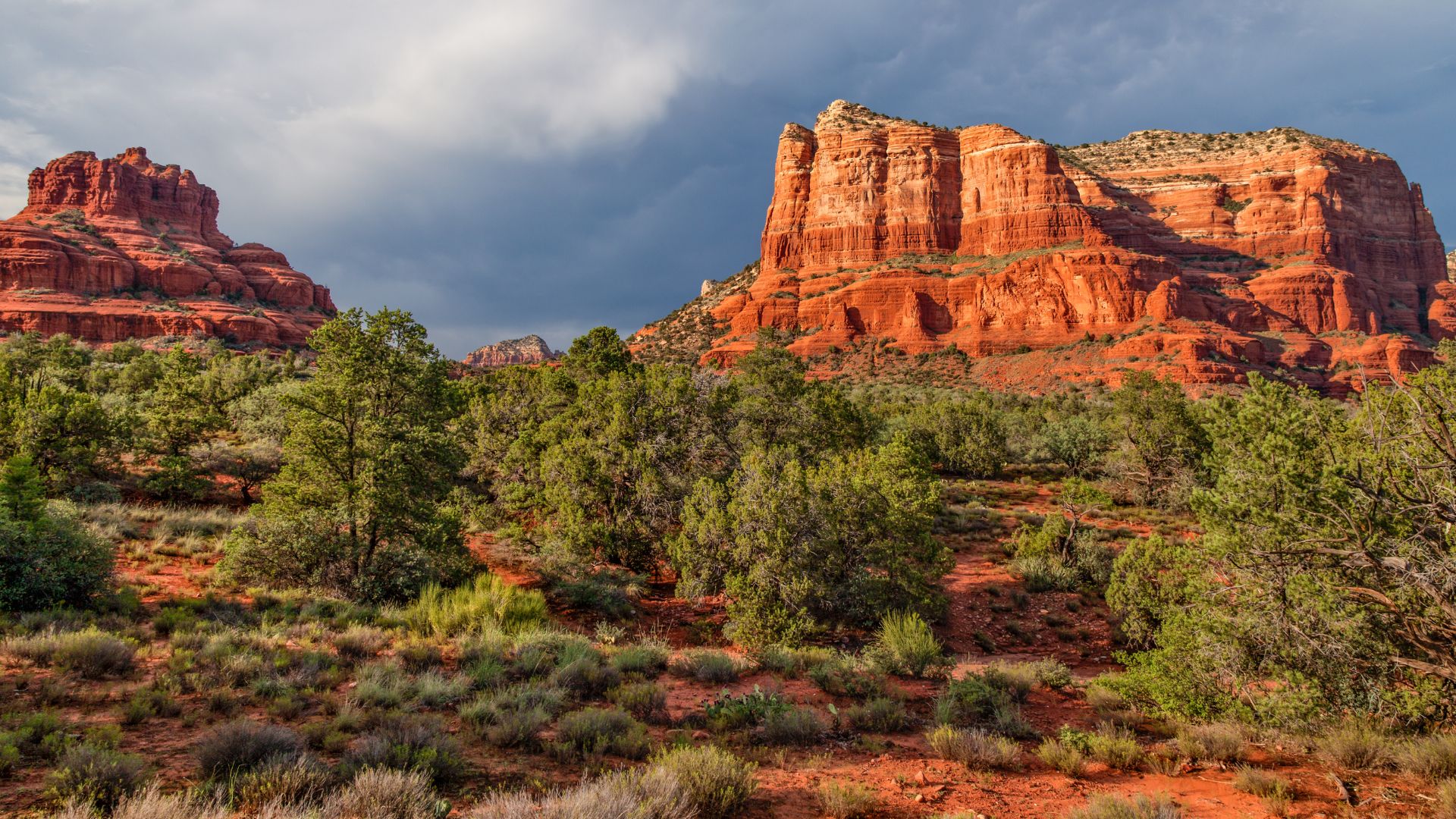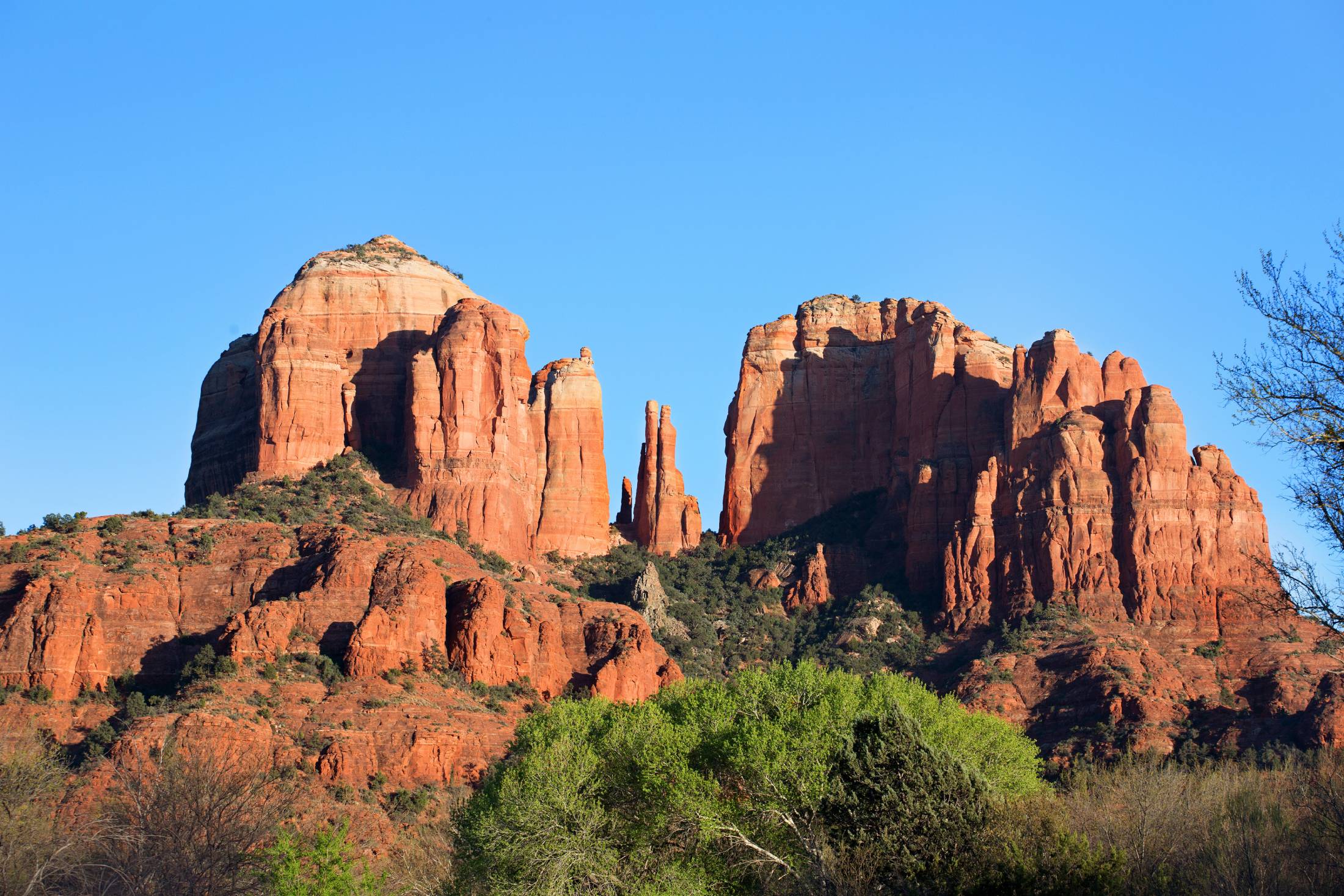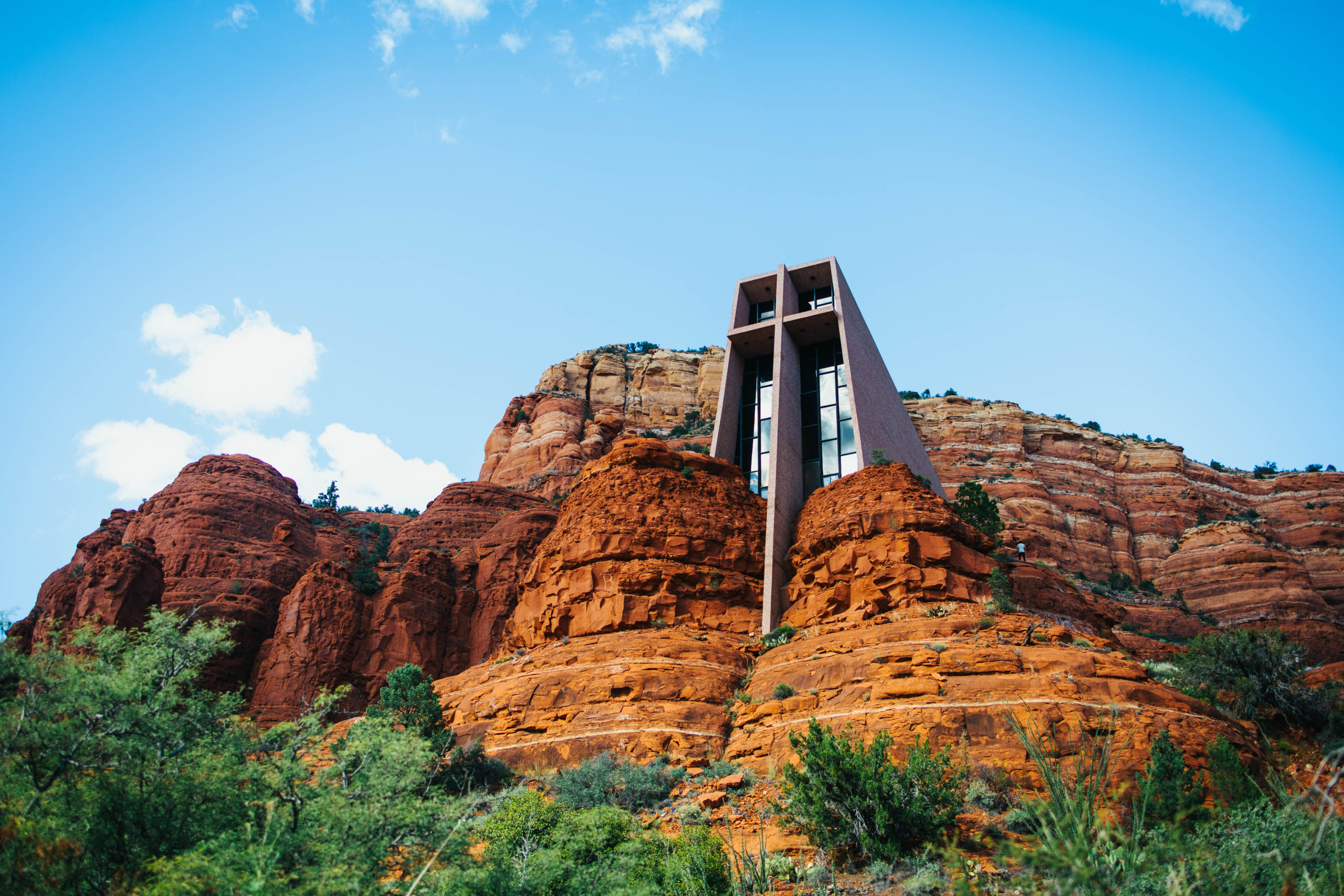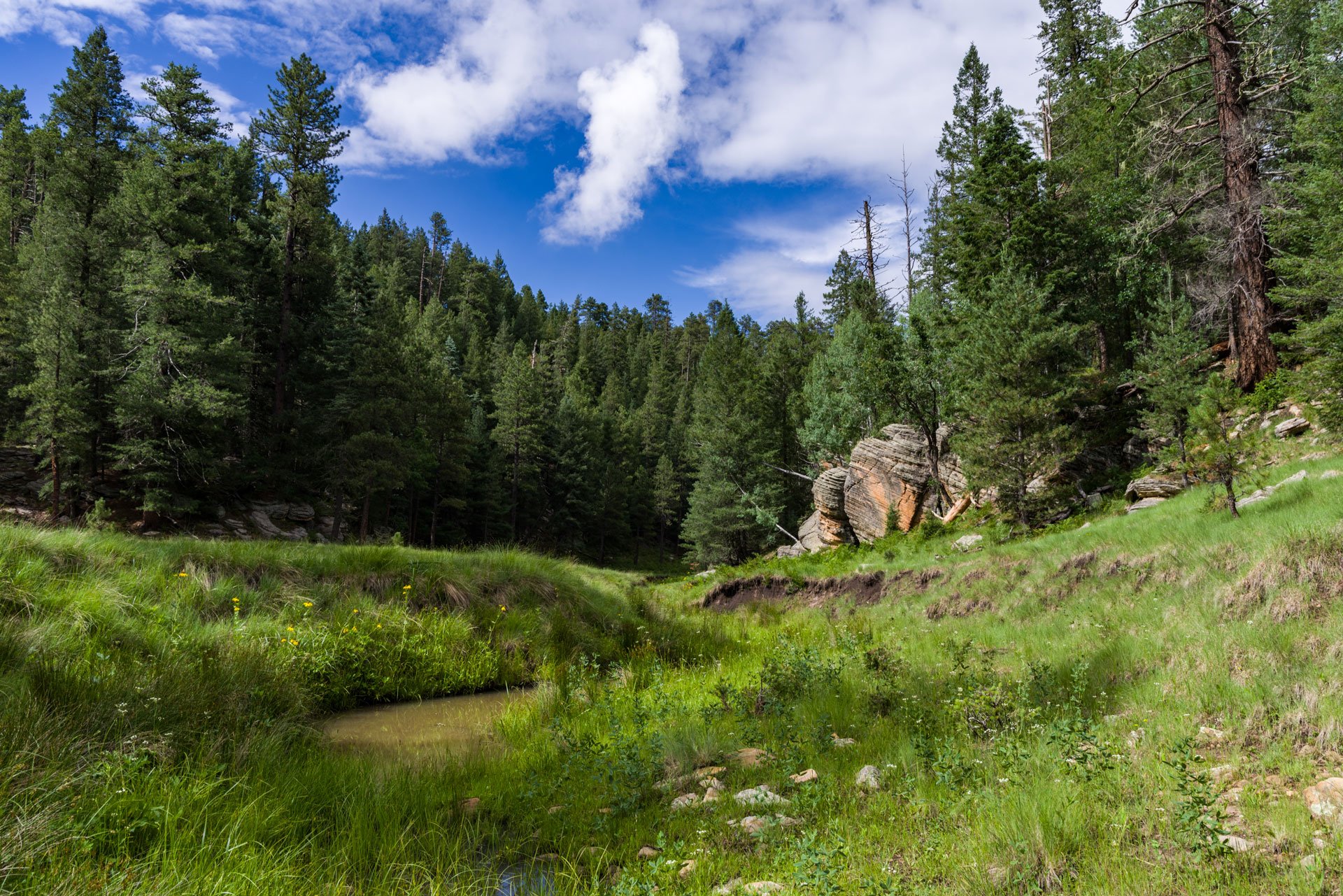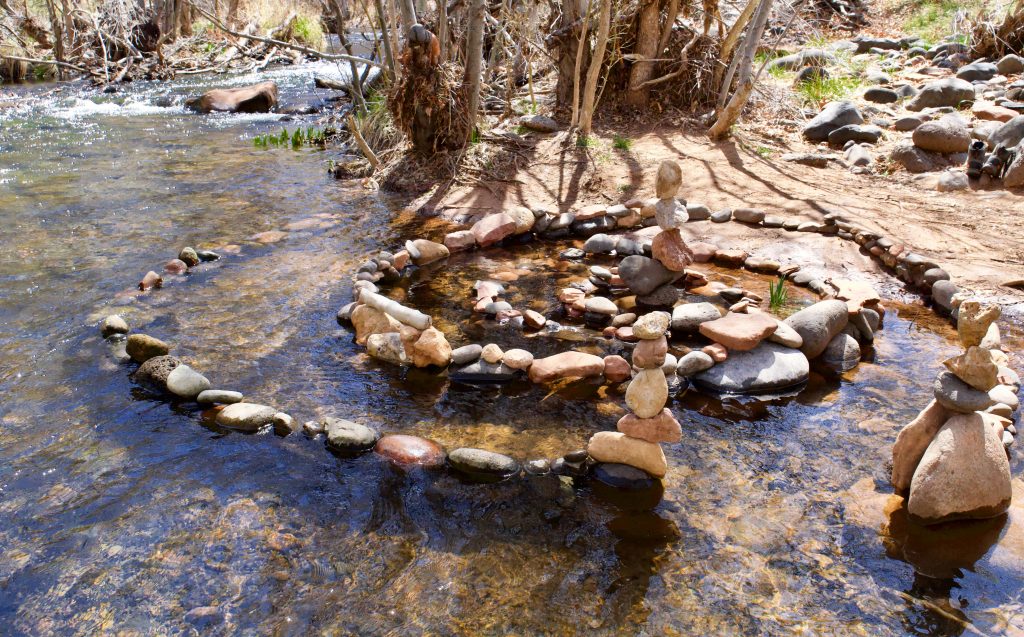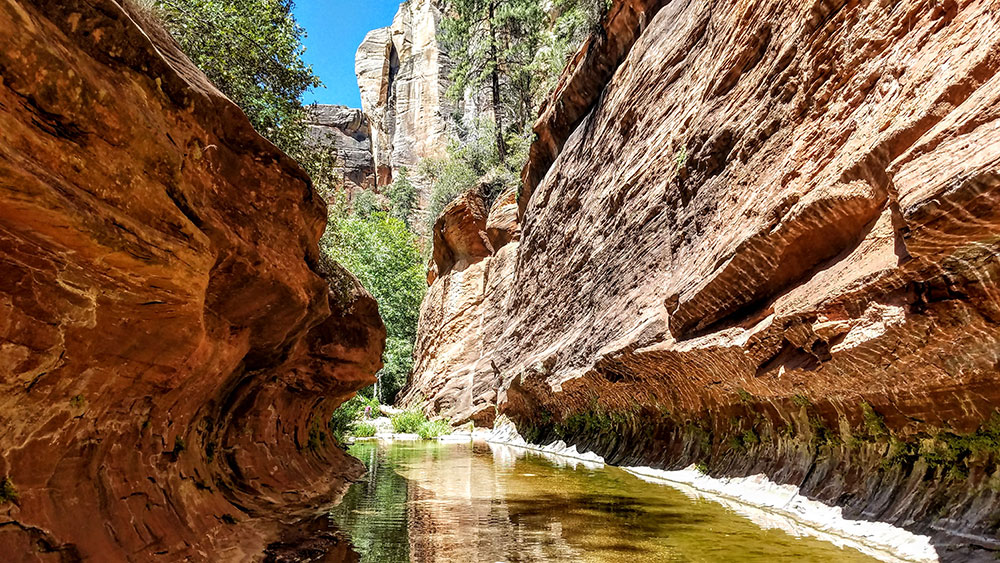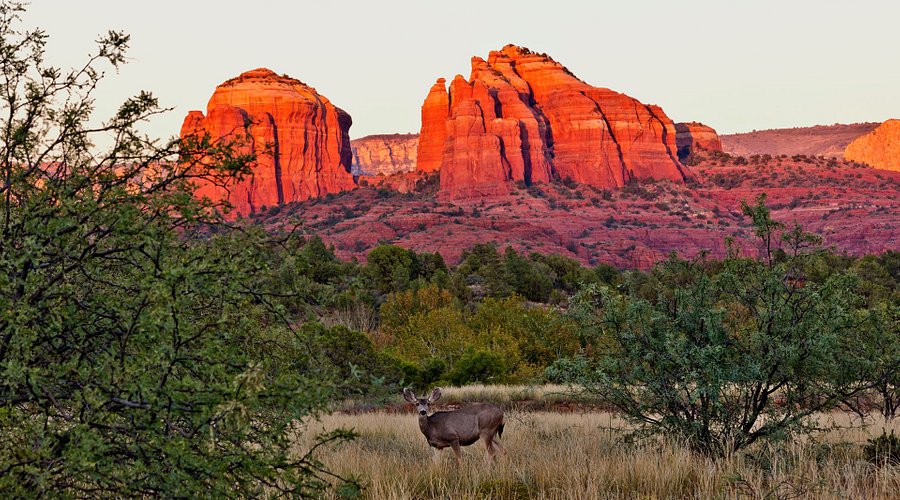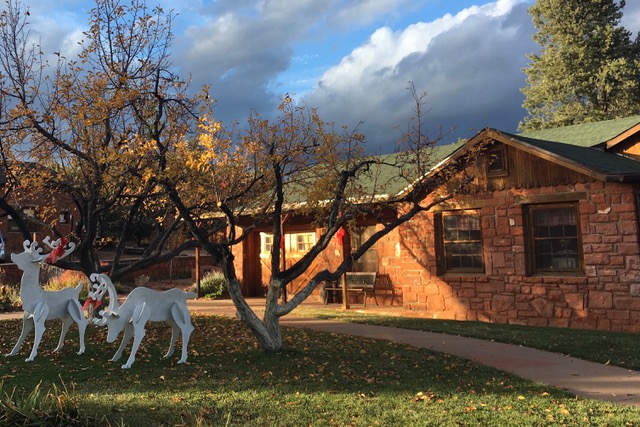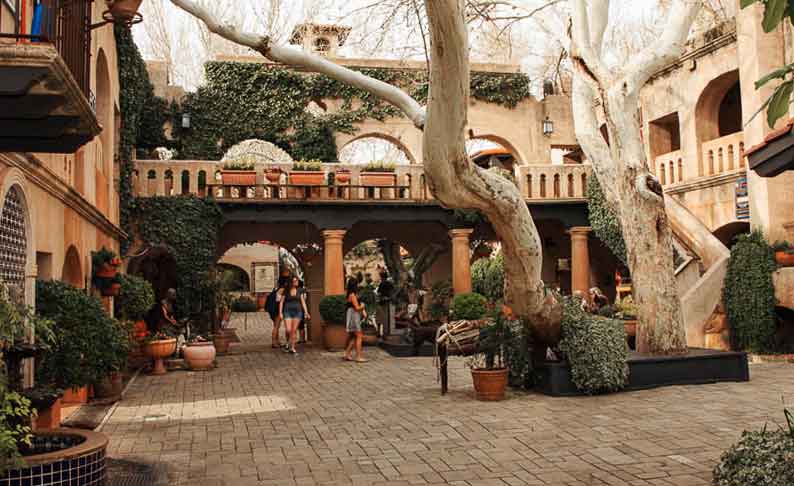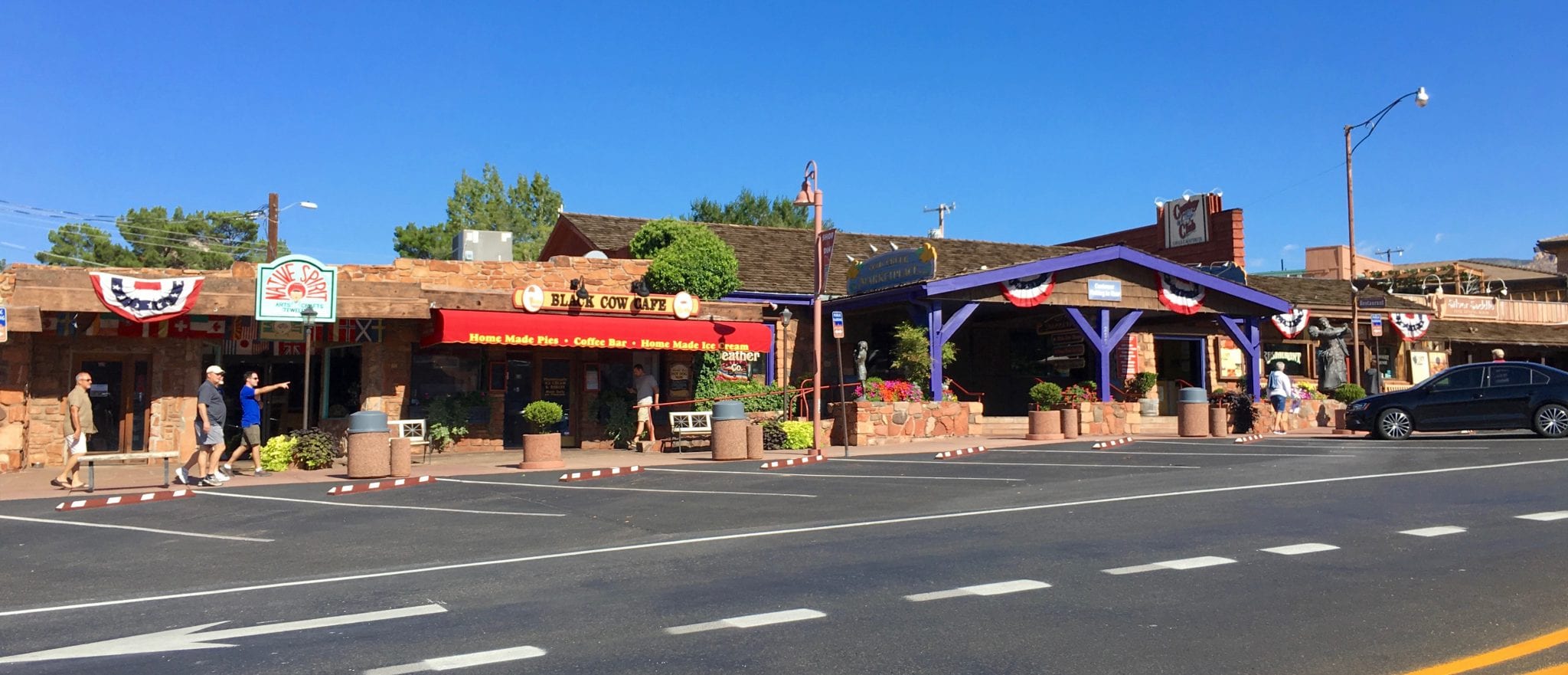MARKET SNAPSHIT & TRENDS
Overview
Home Values & Price Trends
The median sale price for homes in Sedona in August 2025 was about $899,000 (down ~1.3% year-over-year).
Zillow reports the average home value in Sedona is ~$894,223, a ~3.3% decline over the past year.
Some local reports suggest price softening in the single-family home segment (down ~6% YoY) even as land values remain resilient.
Condo / townhome sales in 2025 have been stronger relative to single-family homes: e.g. one report says condo/townhome sales rose ~31% while single-family sales fell ~9%.
Inventory is rising, and buyers are becoming more selective. Homes with views, good finishes, and short-term-rental potential tend to command a premium.
Market Activity & Days on Market
In 2025, the average home in Sedona was on the market ~48 days, compared to ~55 days last year.
In the Sedona area, RE/MAX reports that in September 2024, the number of home sales matched the prior year (18 sales in both years), and median sales price for single-family homes showed “0% change.”
The Sedona-Verde Valley region reportedly sees slower market turnover overall.
Supply / Inventory
The number of available homes (“inventory”) has increased compared to pandemic/boom times. Sellers are more likely to reduce pricing to attract buyers.
Some areas report ~13% more listings than pre-pandemic levels.
A relatively small share of properties are in distress or in foreclosure.
Rental & Affordable Housing
Zillow lists ~67 single-family home rentals in Sedona currently.
Apartment / unit rentals are active; examples include 1-2 bedroom units in the $1,600 to $2,700+ / month range, depending on size, location, and amenities.
Some multi-unit / apartment complexes: Apple Tree Square (1BR), Pinon Lofts (1-2 BR), Shadowbrook Apartments (1-3 BR), etc.
The city publishes a renters’ resource list (property management firms, apartment complexes, etc.).
What Kind of Housing You’ll Find & Neighborhoods
Housing types range from small cottages and older homes to custom luxury estates with red rock views.
In areas like Big Park / Village of Oak Creek, you’ll find more varied architectural styles, more land, more rural feeling, and some relaxed zoning.
Luxury homes often include larger lots, higher-end finishes, views, and amenities.
Condos and townhomes are more available and easier entry points than single-family homes, especially for buyers with smaller budgets.







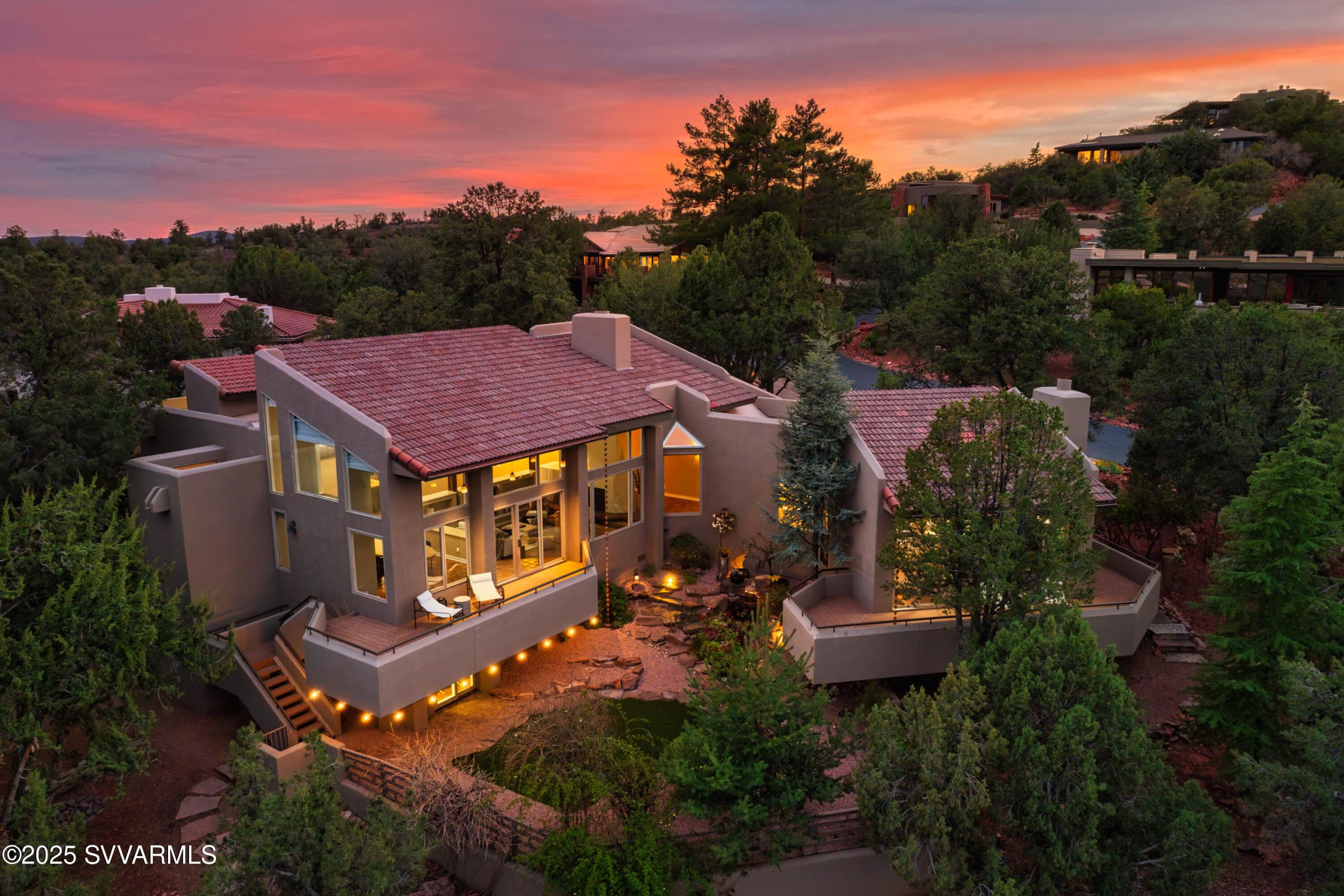
Discover the community
Overview
Sedona is a small city with outsized cultural, natural, and spiritual influence, attracting tourists, retirees, and seekers from around the world
📍 Location & Setting
Geography: Sedona is located in northern Arizona, about 120 miles north of Phoenix and 30 miles south of Flagstaff.
Landscape: Surrounded by red sandstone formations—like Cathedral Rock, Bell Rock, and Courthouse Butte—the scenery is one of its main draws.
Elevation: ~4,350 feet above sea level, giving it a mild four-season climate compared to the Arizona desert.
Waterway: Oak Creek runs through the city, creating lush riparian areas that contrast with the desert surroundings..
🌦 Climate
Seasons:
Summers: Warm but not as hot as Phoenix (average highs in the 90s °F).
Winters: Cool, with occasional snow in higher elevations (average highs in the 50s °F).
Tourism Benefit: Pleasant weather year-round makes Sedona a popular destination for outdoor activities.
🏞 Attractions & Lifestyle
Outdoor Recreation:
Hiking and biking trails (Cathedral Rock Trail, Devil’s Bridge, Boynton Canyon).
Jeep tours into canyons and desert backcountry.
Rock climbing and stargazing (Sedona is a Dark Sky Community).
Spiritual & Wellness Scene:
Famous for “energy vortexes”—places believed to have spiritual healing properties.
Retreat centers, meditation spaces, and holistic healing are common.
Arts & Culture:
Dozens of art galleries, studios, and cultural festivals.
Sedona International Film Festival.
Tlaquepaque Arts & Shopping Village modeled after a Mexican village.
🏠 Community & Housing
Population: ~9,700 residents (2020 census), though tourism means many more people are in town at any time.
Demographics: Mix of retirees, artists, outdoor enthusiasts, and service-industry workers.
Housing: Known for expensive housing compared to much of Arizona, partly due to high demand from retirees, second-home buyers, and investors.
💼 Economy
Main Drivers:
Tourism is the backbone—drawing millions of visitors annually.
Hospitality, dining, and outdoor recreation services dominate.
Art and wellness industries also contribute.
Challenges:
High cost of housing makes it hard for service workers to live in the city.
Heavy reliance on tourism can create economic swings.
🛣 Transportation
Nearest Airport: Flagstaff Pulliam Airport (30 miles), Phoenix Sky Harbor International (2 hours).
Highways: Accessed mainly by AZ-89A (to Flagstaff) and AZ-179 (to I-17).
Public Transit: Limited—Sedona has a small shuttle system, and trails have shuttles in peak season. Most people rely on cars.
🌿 Environmental & Cultural Significance
Natural Beauty: Protected areas like Red Rock State Park, Slide Rock State Park, and Coconino National Forest.
Native American History: The region has deep connections to indigenous cultures (Yavapai-Apache, Hopi, and Navajo peoples). Petroglyphs and sacred sites remain throughout the area.
Conservation: Strict building codes help preserve viewsheds and protect the fragile desert ecosystem.
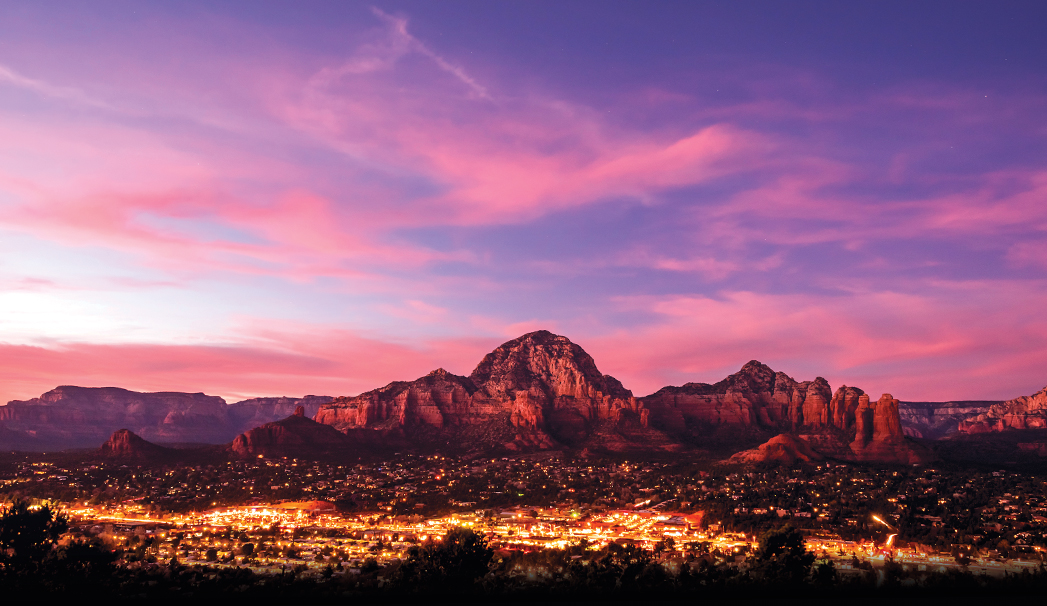
Lifestyle
👨👩👧 Community & Neighborhoods
West Sedona: More residential, close to schools, shopping, and local services.
Uptown Sedona: Tourist hub, lots of shops and dining, pricier housing.
Village of Oak Creek (VOC): A few miles south, quieter, more affordable, and great golf courses.
Chapel Area: Near the Chapel of the Holy Cross, with luxury homes and incredible views.
🏡 Housing & Cost of Living
Median home price (2025): ~$899,000, well above Arizona’s average.
Rental market: $1,600–$2,700+/mo for apartments; homes cost more, especially short-term rentals.
Cost of living is high—especially housing and groceries—though healthcare and utilities are closer to national averages.
🎓 Education
Sedona-Oak Creek Unified School District serves the area (elementary, middle, high school).
Alternative education: Charter schools and nearby options in Cottonwood and Flagstaff.
💼 Work & Economy
Most jobs are in tourism, hospitality, outdoor recreation, retail, and wellness industries.
Remote work is popular among residents seeking the scenery and lifestyle.
🚗 Transportation & Accessibility
Car is essential; limited public transit.
Commutes to Flagstaff or Phoenix for major services, airports, or specialized healthcare.
🌿 Lifestyle Benefits
Stunning natural beauty and outdoor activities.
Strong art, wellness, and spiritual communities.
Mild four-season climate.
and retirees.
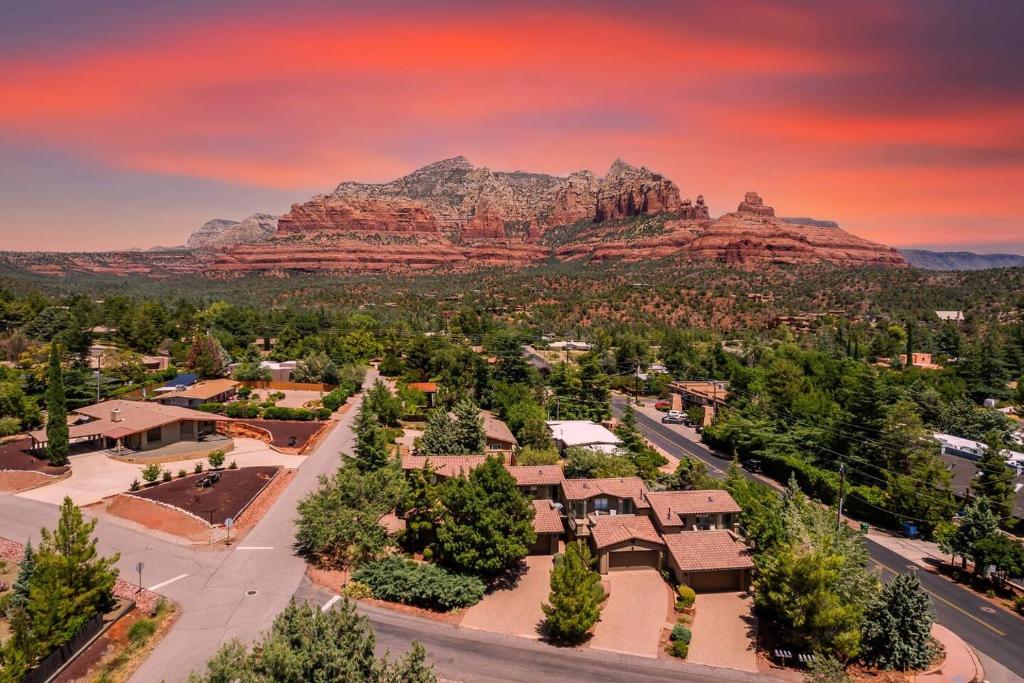
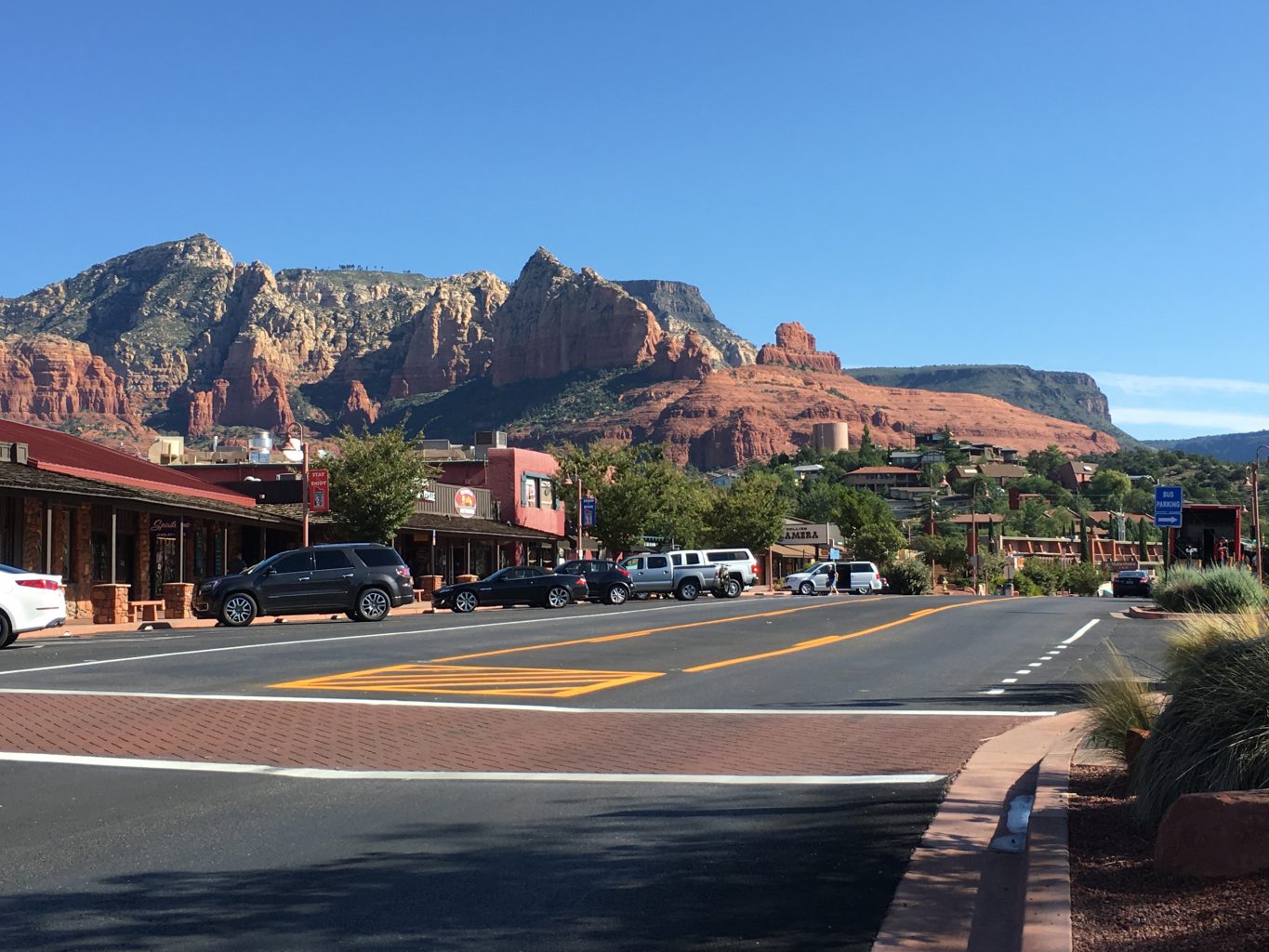
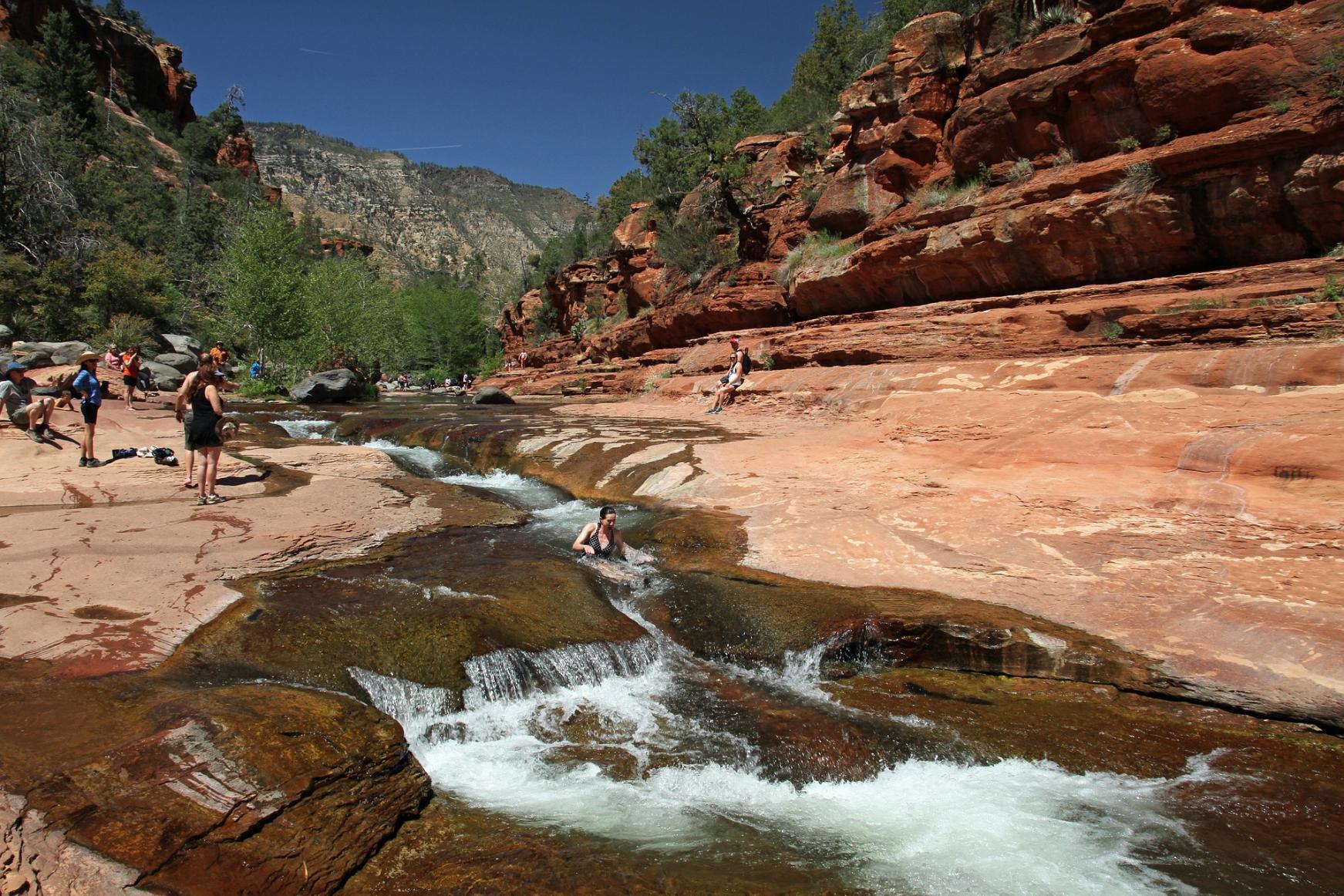
Attractions & Landmarks
🌄 Must-See Natural Attractions
Cathedral Rock Trail – Iconic red rock spire and one of the most photographed sites in Arizona.
Devil’s Bridge – Natural sandstone arch accessible by a popular hike.
Bell Rock & Courthouse Butte – Easy to moderate hikes, great for first-time visitors.
Boynton Canyon – A mix of red rock views and forested canyon trails.
Slide Rock State Park – Natural rock water slides in Oak Creek (great in summer).
✨ Spiritual & Wellness Highlights
Energy Vortex Sites – Airport Mesa, Bell Rock, Cathedral Rock, and Boynton Canyon are believed to be energy centers for meditation and healing.
Retreat Centers & Spas – Yoga retreats, meditation centers, sound healing, and luxury spas are plentiful.
🎨 Arts, Culture & Shopping
Tlaquepaque Arts & Shopping Village – Old-world Spanish-style plaza with galleries, restaurants, and boutiques.
Sedona International Film Festival – Annual event showcasing independent films.
Art Galleries – Over 80 galleries, ranging from fine art to Native American crafts.
🍷 Dining & Food
Elote Café – Famous for gourmet Mexican cuisine.
Mariposa Latin Inspired Grill – Upscale dining with panoramic red rock views.
Local Breweries & Wineries – Verde Valley wine region nearby with tasting rooms.
🚙 Touring Tips
Scenic Drives: Red Rock Scenic Byway (SR-179) & Oak Creek Canyon (AZ-89A).
Jeep Tours: Popular off-road experiences exploring rugged red rock terrain.
Stargazing: Sedona is a designated Dark Sky Community, offering incredible night skies.
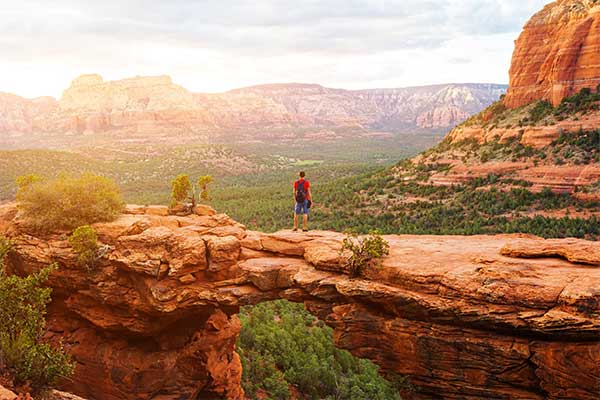
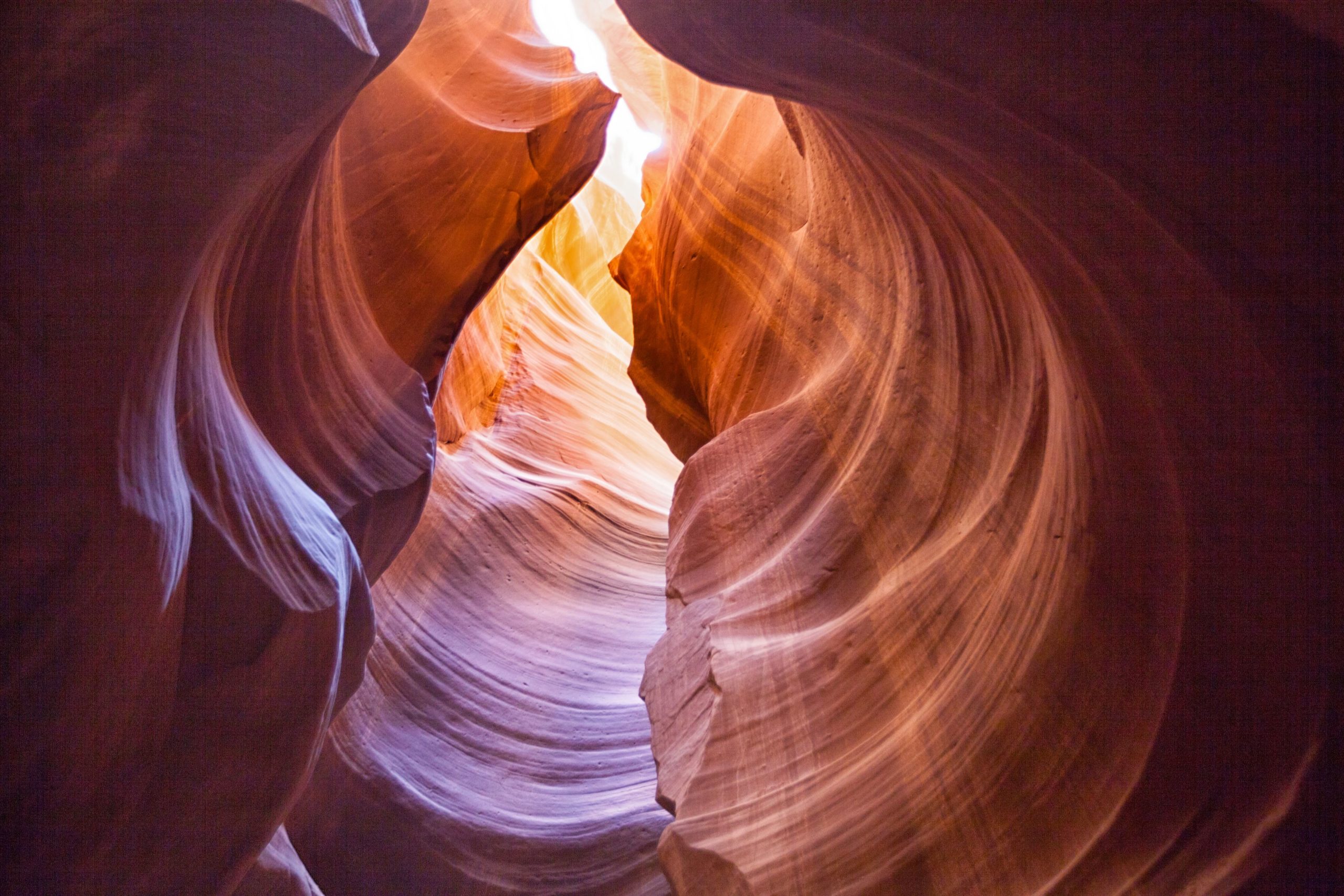
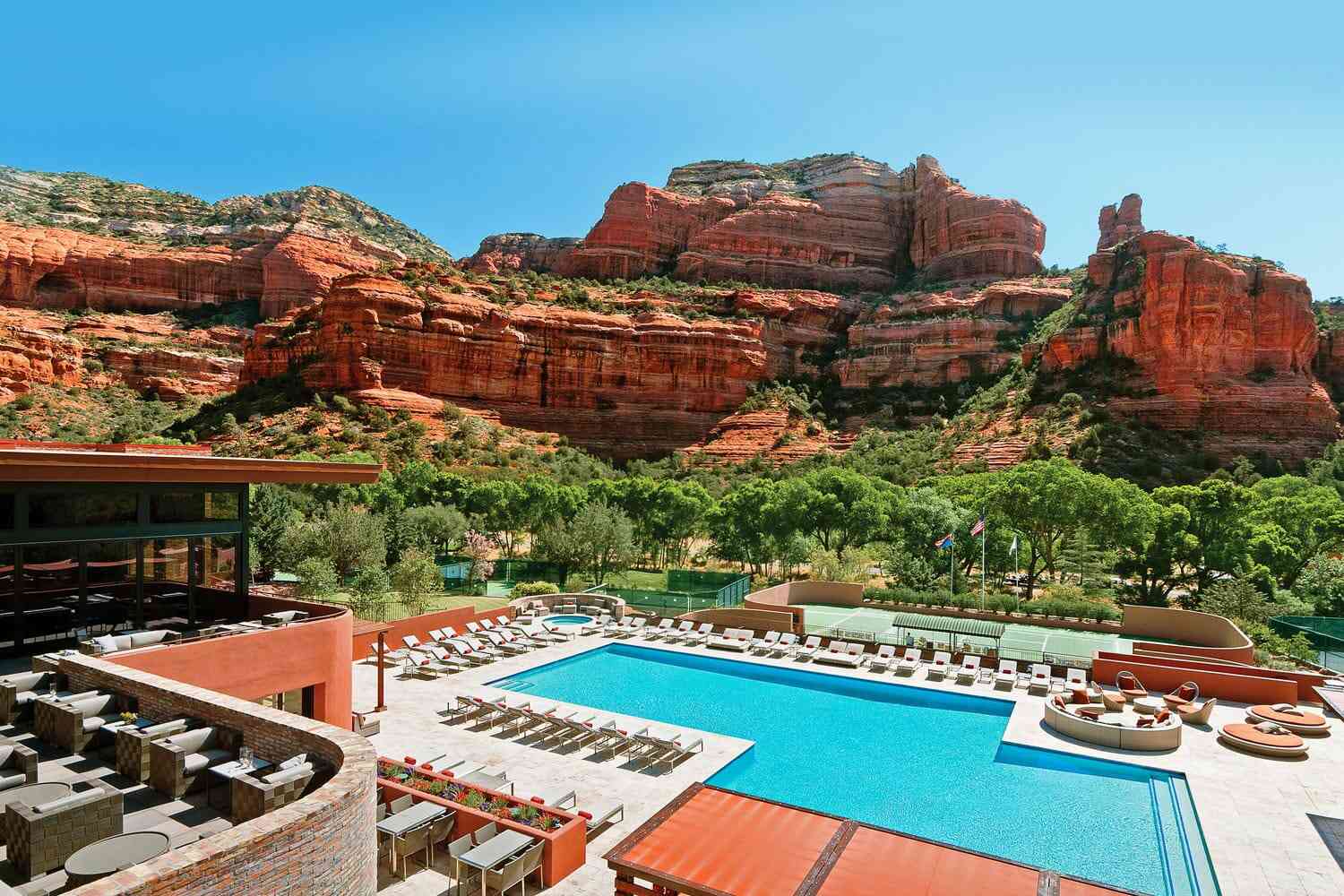
Education
The Sedona area is served primarily by the Sedona-Oak Creek Unified School District, a small but community-centered district with three main schools (West Sedona School, Sedona Red Rock Jr/Sr High, and Red Rock Academy).
While some metrics lag behind state averages, the district has strengths in low ratios and close community involvement.
Alternatives exist via Sedona Charter School and the Verde Valley boarding/IB school for families seeking options beyond the district offerings.
If your priority is strong academic performance, you may want to look closely at test scores, advanced course offerings, and whether charter/private options align with your child’s needs.

